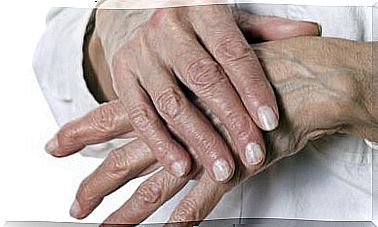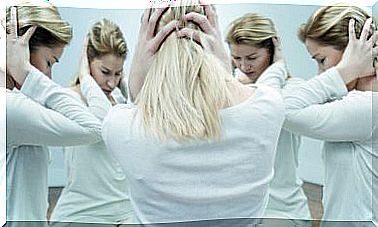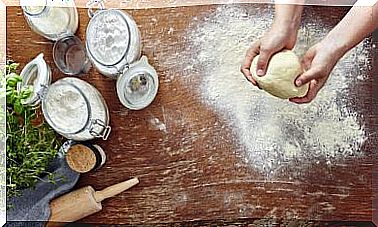6 Facts About Urinary Incontinence That You Should Know
So that urinary incontinence does not condition our lives, we must empty the bladder frequently, not resist the urge to urinate and do exercises to strengthen the pelvic floor
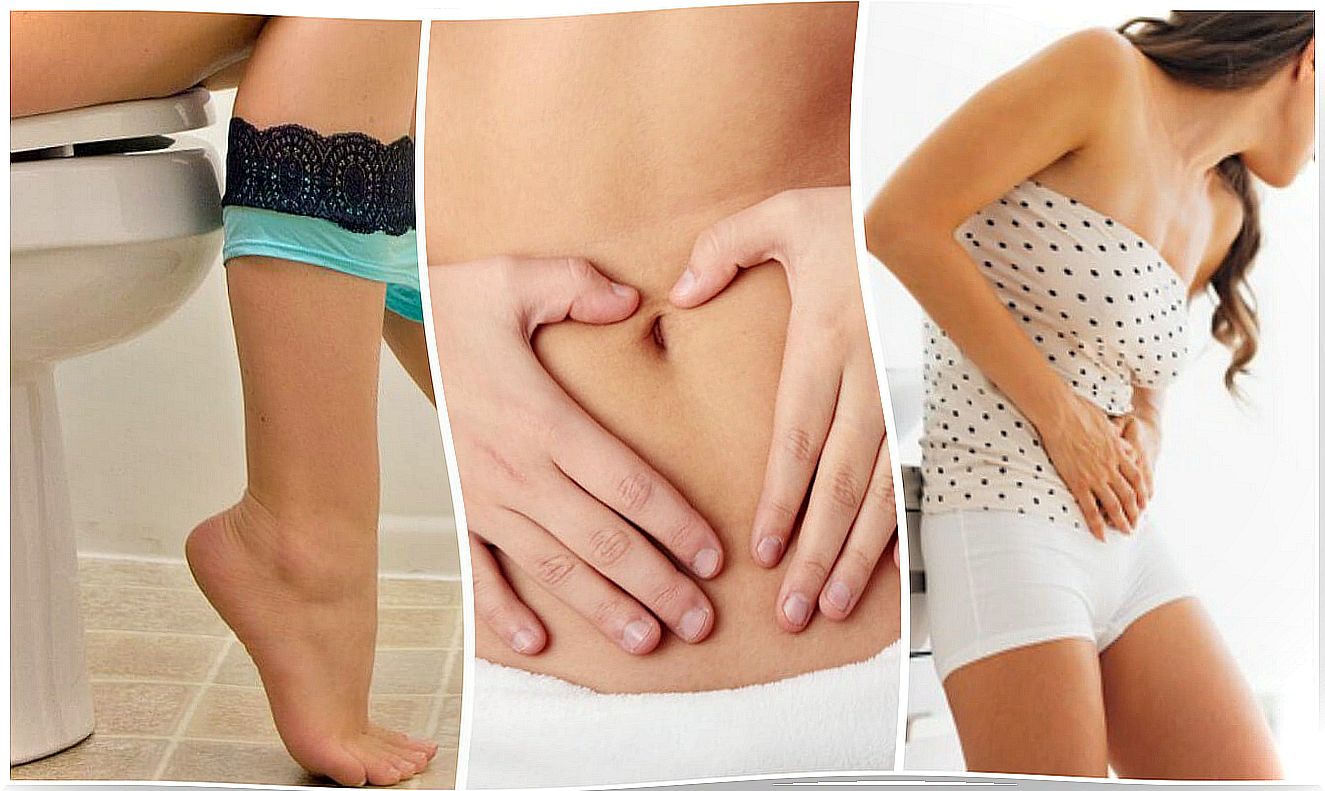
Urinary incontinence is the involuntary loss of urine that, regularly, occurs when coughing or exerting some kind of force.
It is a problem that affects approximately 30% of the population. It can manifest itself at any time, although it is more common in women after pregnancy and menopause.
Most cases are caused by a weakening of the muscles in the pelvic area, although it can also develop from vaginal delivery, the consumption of some medications and vaginal infections.
Due to the difficulties of holding urine or even the inability to control it, most of the time it ends up significantly affecting mental health and, consequently, the quality of life of the person.
Taking into account that everyone can suffer from it, it is convenient to know some important information about its development.
1. It can be produced by holding the urge to urinate
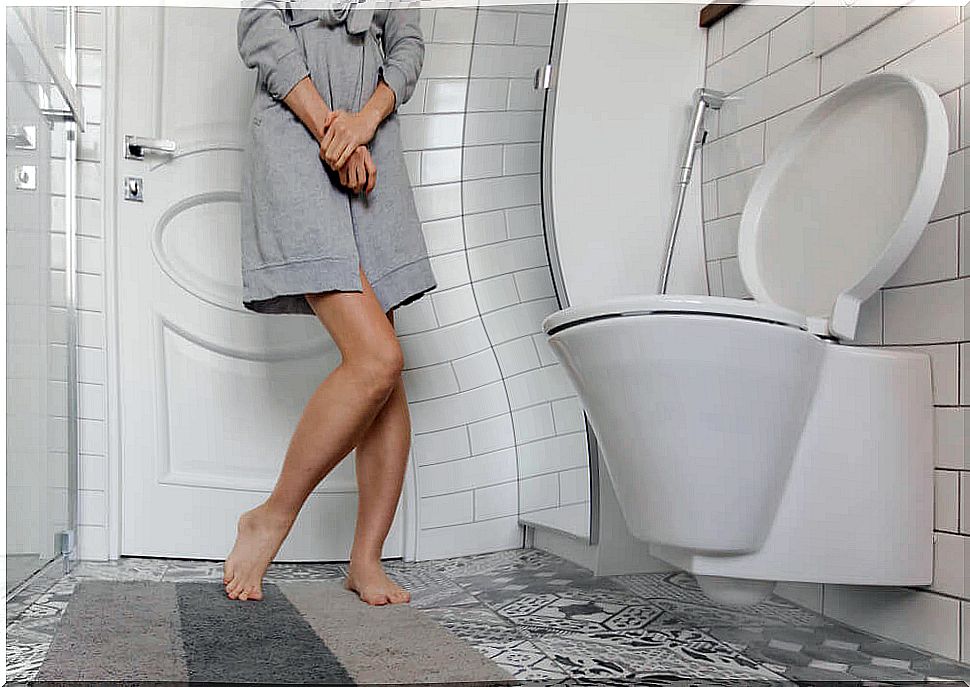
Holding the urge to urinate for a long time is a very common habit. It is directly related to the appearance of incontinence.
Although at first it does not seem to have negative effects, over time it weakens the bladder and increases its pressure above that of the urethra. This leads to involuntary urine leakage, especially when exercising, laughing, coughing, or doing other activities that involve some force.
Many experts say that the bladder should be emptied at least every 4 hours. Thus, during that time it reaches its maximum storage capacity.
2. It is a weakening of the pelvic floor muscles
One of the reasons this condition develops is because many forget that the pelvic floor muscles must also be exercised.
Currently there are several types of routines that, practiced on a regular basis, increase strength and control over this area of the body. On the other hand, it is essential to bear in mind that some high-impact exercises can have negative effects on this problem.
Undue exertion while running, jumping, or lifting weights can stretch the pelvic floor fibers, thereby losing the ability to contract.
3. Some foods increase the risk

Excessive consumption of some foods and beverages is related to an increased risk of this health problem. This is because its compounds can irritate the bladder, causing it to contract more often to evacuate fluid.
It also occurs with the intake of beverages and diuretic products that increase urine production. These include:
- The tea.
- The coffee.
- The chocolate.
- The drinks.
- The citrus.
- Tomato juice.
- Energy drinks.
- Hot peppers.
4. There are several types of urinary incontinence
The form of development of urinary incontinence allows differentiating several types:
- That which occurs when sneezing, coughing or lifting something heavy. It is known as “stress incontinence” and is one of the most common.
- “Urge incontinence” is one in which there is a sudden release of urine. It occurs when the patient least expects it, even at inopportune times.
- There is also a “c” call. This is related to external stimuli such as contact with cold or water.
- Finally, a variety called “neurological incontinence” is distinguished. This develops in patients with disorders of the nervous system, Alzheimer’s, Parkinson’s and spinal cord injuries.
5. Men can get it too
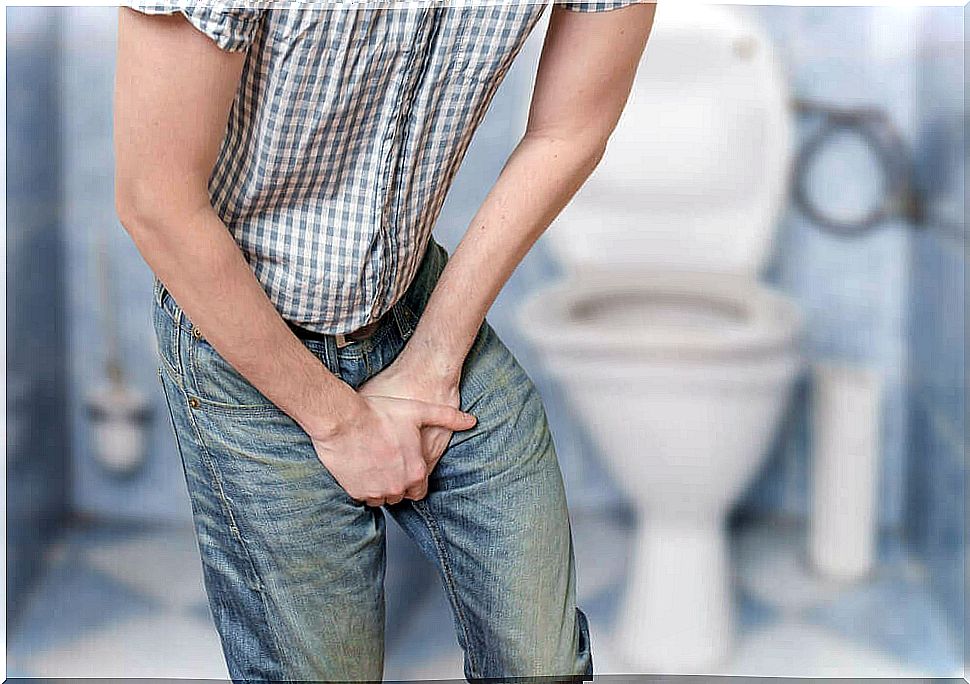
The female population is the one most at risk of developing this urinary problem; however, that does not mean that men are exempt from suffering from it.
In your case, it may be due to bladder damage or certain prostate conditions. In fact, it is common in stressed patients or patients with diabetes problems.
6. Has several treatments
Although this problem cannot always be completely controlled, there are some treatments that help reduce its recurrence and symptoms.
- Regular practice of strengthening exercises, such as Kegel exercises, increases pelvic floor strength and reduces involuntary urine leakage.
- Techniques such as the double emptying of the bladder have also yielded interesting results in its control.
- Antimuscarinic drugs that block bladder contractions and alpha-adrenergic agonist drugs also work to increase sphincter strength.
- The last measure is surgery, which consists of a cut in the vagina and a paravaginal repair.
In addition to taking into account the aforementioned data, it is essential to know that this condition has consequences on emotional health, sexual life and social environment. Therefore, when suspecting it, it is essential to seek medical help to control it.

